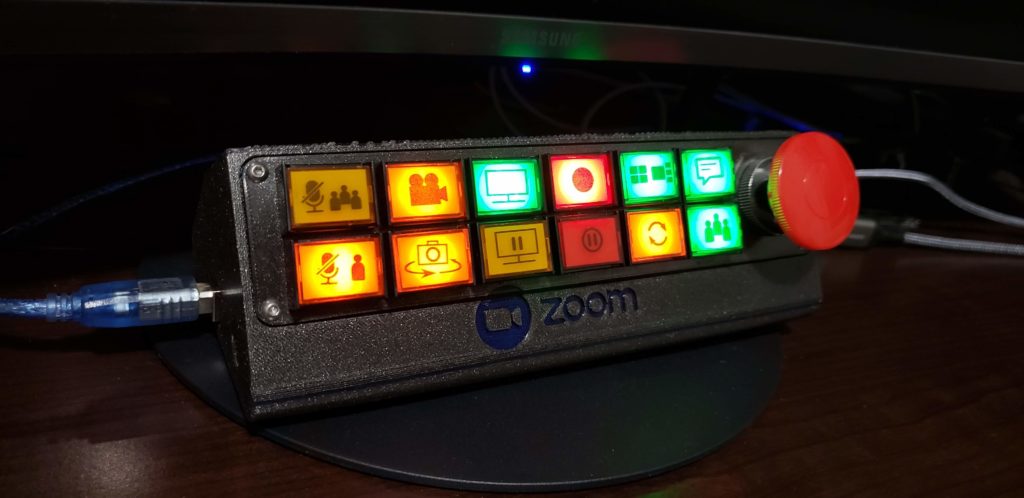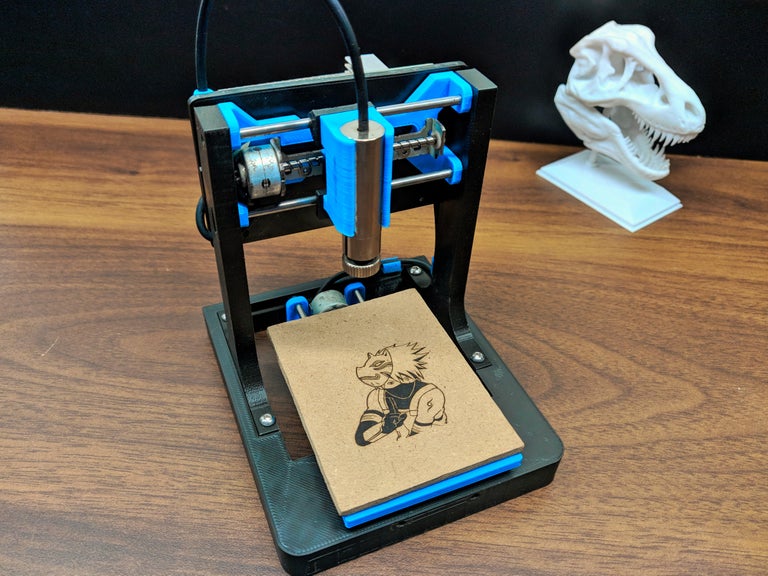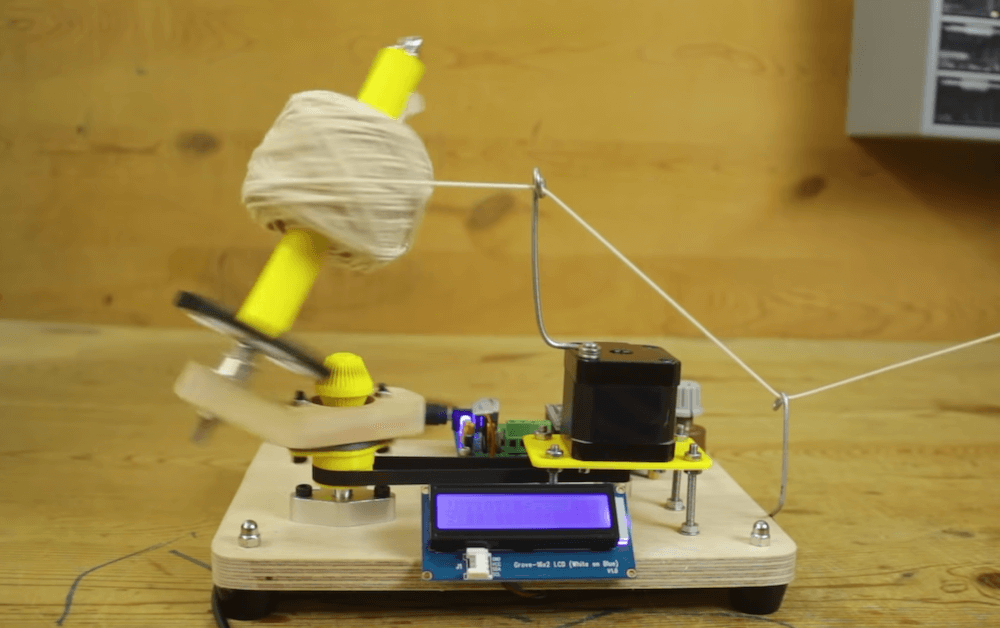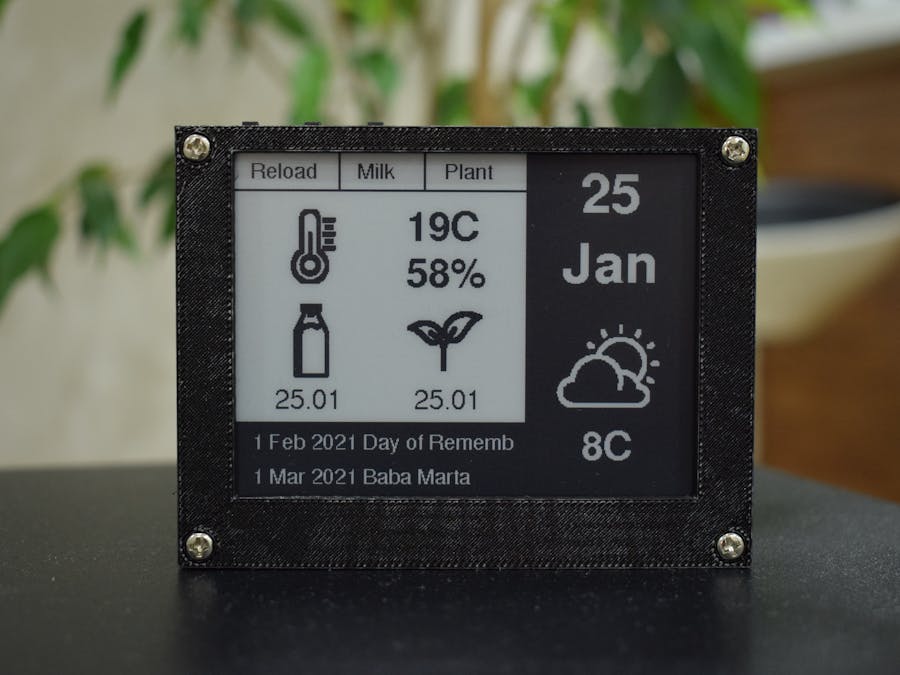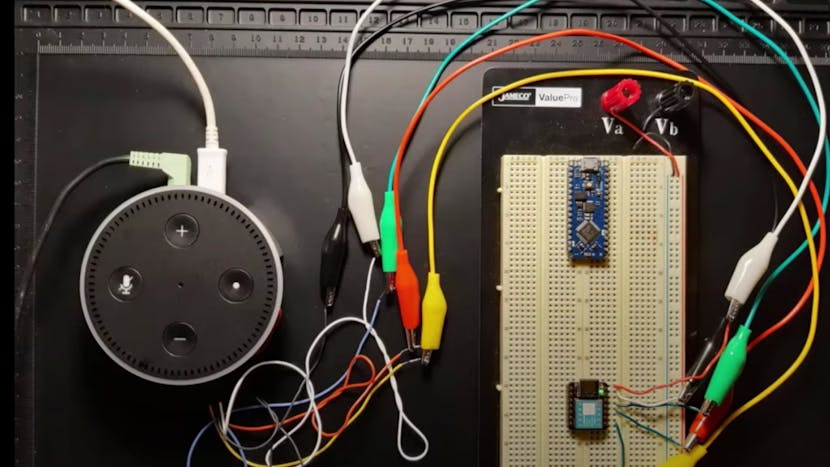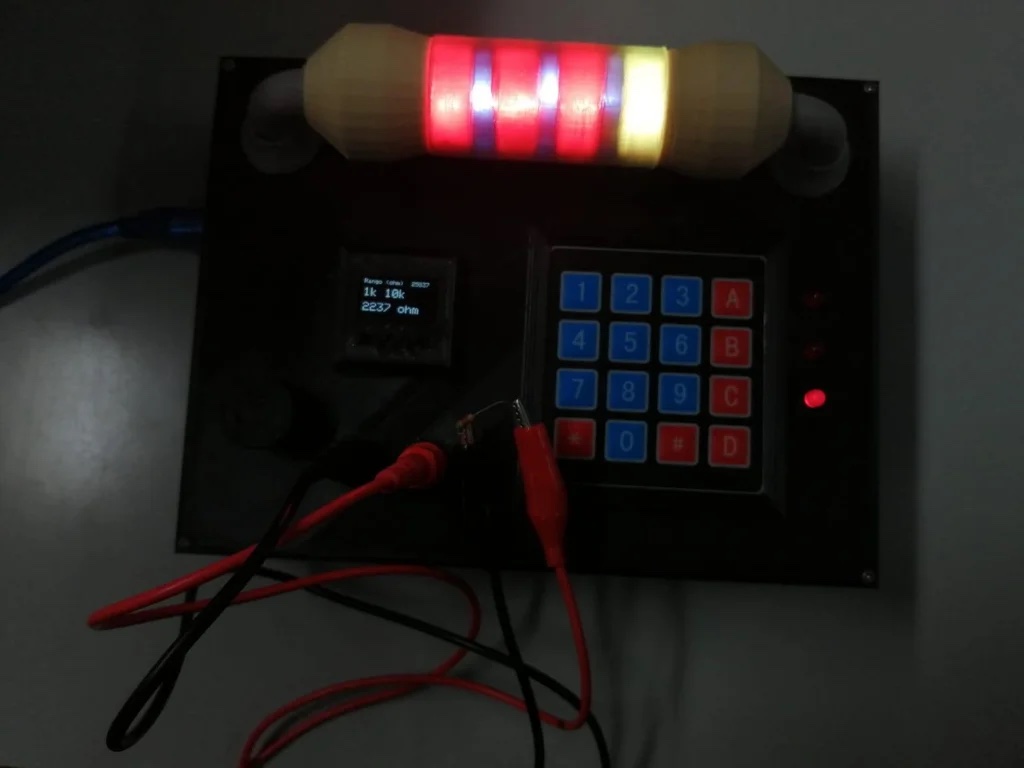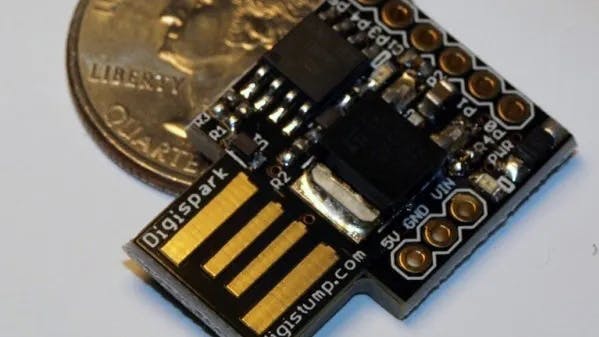Background
There are a lot of article on the Internet about this topic. How to “turn Ikea Lack tables to 3D printing enclosure?” This is a trending topic. But to be honest, I never find the one that takes your by hand from start to beginning. This is the challenge of this post and I really hope you will like it !
Let’s go !
First, you need a minimum of two Lack tables from your local Ikea store. It works perfectly with three if you want a higher construction. For me two pieces are the ideal size since it will be on my desk. But if you want to have the furniture laying on the ground, three is indeed a better choice.


